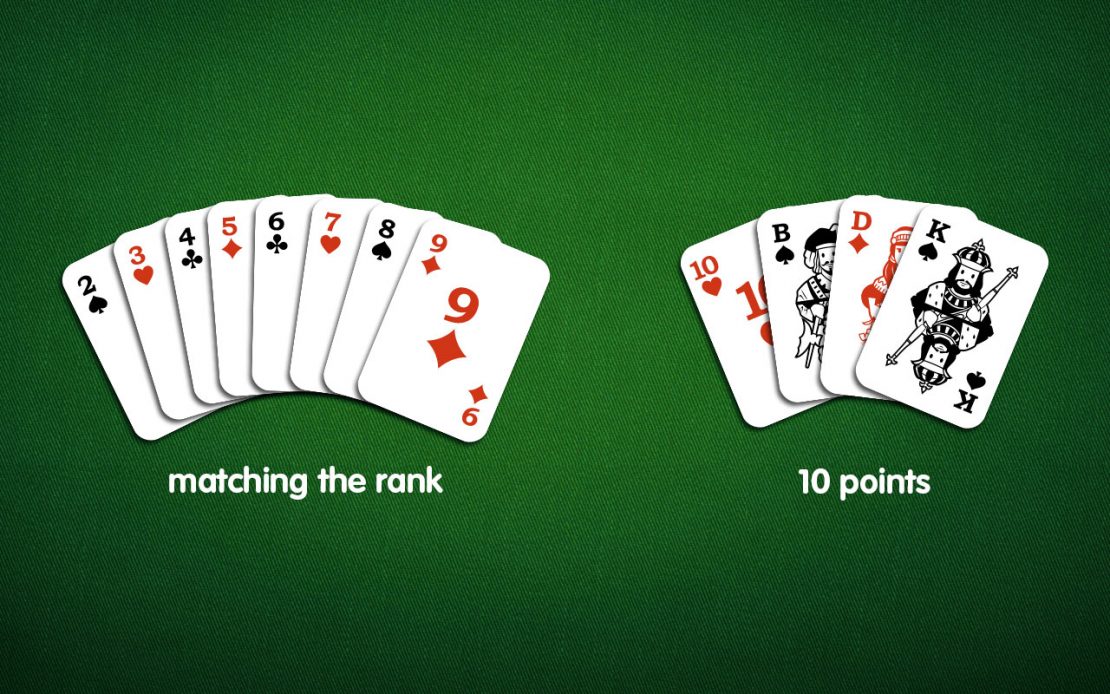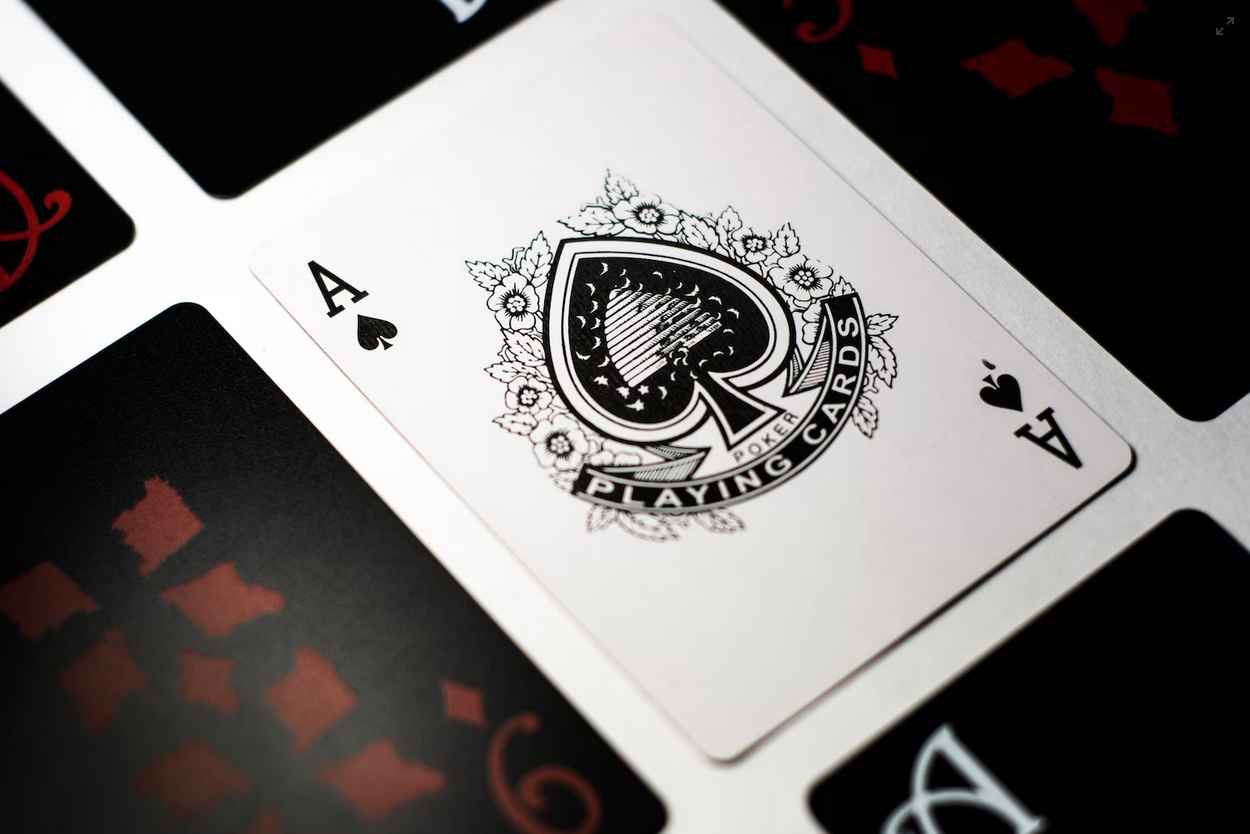
Rummy Culture and Traditions Around the World
Rummy is gaining popularity quickly among the audience as it is a game that goes well with any occasion. It’s about coming together to celebrate even the smallest of things. It is where Rummy found its place during such events as an entertainment form. Rummy can be played by 2 to 6 players with one or two standard decks of 52 cards each. Each player gets 13 cards and must arrange every card in sequences or sets to win.
Rummy offers many benefits besides entertainment. It increases focus and cognitive abilities and works great as a stress buster since it’s a skill game. Also, Rummy relaxes the mind and helps with multitasking, which makes it popular. Rummy has always been popular, but rummy culture is more prominent nowadays because you can play online Rummy anywhere without waiting for your friends to meet you somewhere or at a particular time. This blog post will discuss how Rummy inked its significance in different parts of the world.
The History and Culture of the Rummy Game
The rummy history is believed to have originated in Mexico or China, which has a rich history and culture. The game has changed over time with the development of new rules concerning the variations or the culture in which it is played. The game is widely played in India, China, America, and countries in Europe and Latin America. Most countries consider it a game of skill; hence, it is a social game played in many gatherings to win some money. However, with online rummy currently, the game has become more convenient and interesting to enjoy and win some money.
Rummy’s Traditional Roots
Family and Social Bonding
Traditionally, rummy was catalyzed to foster family and social bonding. From playing during festive meetings to unwinding in the evening, the game was at the heart of uniting people and spreading cheer and levity. The sound of shuffling cards, the friendly jibes, and strategic planning became part and parcel of the cultural mosaic around tables.
Rituals and Celebrations
Rummy has been a feature of cultural life during celebrations and rituals. For instance, most cultures play the game during weddings, celebrations, and other festive events. Such integration reveals that rummy is more than just a game; it has become a cultural practice passed down through generations.
Cultural Variation in Rummy
Rummy in India
- Historical Significance
According to ancient texts and scripts, Rummy dates back centuries in India. The game’s historical importance is often interwoven with cultural beliefs, such as its use during festive seasons and family gatherings.
- Cultural Influence
In Indian society, Rummy has become an inseparable part of social life. It brings people from different walks of life together to share joys while competing against each other amicably. This game serves as a common ground for interaction and has its fair share represented in various forms, such as movies or books, thus emphasizing its significance within this community.
- Popular Variations
Different versions exist under Indian Rummy, like the Traditional 13 Card Game and Gin Rummy, each with its own rules set based on strategies that meet players’ needs across regions.
Rummy in the USA
- Background
In the USA, Rummy became popular during the early 20th century. It was introduced by European immigrants who had also introduced other card games. Rummy’s rapid growth among Americans was due to its availability and captivating nature.
- Impact on Popular Culture
Rummy has found a place in American popular culture, appearing in movies, television shows, and literature. Its portrayal as a game that requires skill and strategy has helped maintain its popularity among players of different ages.
- Variations Played
Different versions are played in America, including Gin Rummy and Oklahoma Gin, which have added twists to this game’s usual way of playing. These variations come with rules and scoring systems, making Rummy more entertaining for US players.
Rummy in Europe
- Local Preferences
Europeans love playing Rummy, especially in regions such as the United Kingdom, where people prefer Kalooki or Israel, where they opt for Rummikub. Cultural norms and traditions greatly influence how each area plays this game.
- Traditional Game Play
In Europe, traditional rummy activities tend to stress cleverness when handling cards, whereby contestants struggle to form sets or sequences. Slight differences may exist between countries because of various rules that reflect diversity within European gaming culture.
- Unique Variations
In addition to traditional variants, Europe is home to several distinct rummy variations, each with its set of rules and patterns of play. That being said, from Scandinavian Rummy to Continental Rummy, players have many options regarding the vibrant rummy scene on the continent.
Rummy in the Middle East
- Cultural Context
Rummy is also widely known in the cultural context of the Middle East, where it is often enjoyed as a social activity with friends and family. Due to its simplicity and accessibility, Rummy is a popular game during gatherings and celebrations.
- Active Variation Seen in the Middle East
Turkish Rummy and Okey. Both of these variations are unique and differ from simple Rummy. Certain regulations and characteristics are determined based on the players’ expertise and the game’s mechanics.
- Social Significance
Additionally, Rummy holds cultural and social significance for many Middle Eastern communities. Indeed, Rummy is more than just a game; it is a link between people and their roots. Rummy contests are organized in social halls, living rooms, and community places. At home, it is an exciting play night opportunity with friends, fathers, mothers, sons, and daughters. For example, playing cards for money makes rummy games a good occasion to socialize with family.
Rummy in South America
- Adoption of the Game
Furthermore, the adoption of the rummy game in South America is relatively intriguing to analyze. The game spread over almost the whole continent due to the massive migration wave from Europe. They did not bring Rummy but found their potential players in Europe and South America.
- Cultural Nuances
Indeed, hundreds of card games were played in Germany, Spain, Italy, Portugal, and the countries of Eastern Europe. Cultural traditions and preferences determine the popularity of each game, which can explain Rummy’s instant success in these countries. For example, the most crucial South American card game is the Argentinian Buraco. Significantly, Buraco has neither official rules nor a federative system; it has a “spirit.” Rummy is a friendly game, but it implies partners. Thus, gradually, rummy players started meeting in clubs and looking for opponents.
- Noteworthy Variations
South America is proud of its wide range of rummy variations, each with its own rules and ways of playing. From Argentina’s Conquian to Brazil’s Canastra, players have many opportunities within South America’s vibrant rummy culture.
Rummy in Southeast Asia
- History of the Game
It is believed that people were fascinated by Rummy because they saw a combination of strategy and luck in it when the game was brought through trade routes into Southeast Asia, where different cultures mixed together. As time passed, this pastime was rooted deep down in society, adapting according to local tastes and customs.
- Local Adaptations
In Southeast Asia, different versions of Rummy were developed so that those who lived there could appreciate them. Some examples include Remi from Indonesia or Tong-Its played in the Philippines—all these games have their own special features that make them unique.
- Popularity Throughout the Regions
There are no age limits for players who want to have fun with cards around Southeast Asia—children can enjoy casual matches while adults participate in serious competitions held on a professional or amateur basis. The fact that it is often played during social events or family gatherings only proves how loved this entertainment has become among people living here.
Wrapping Up
As we explore the cultural influence of rummy online, from its traditional origins to its digital evolution, the rummy game comes as a dynamic thread woven into the cultural tapestry of nations worldwide. Millions of card players download rummy games or register on reputable websites to spend the entire day playing their favorite game! In a nutshell, rummy has had a global impact. It has traditionally been the most popular card game in India and is now also dominating the internet gaming business. It’ll be fascinating to see what the future holds for this game. We know it will be a bright one!
If you enjoy rummy and want to try your hand at one of the most competitive games on the market, download the Magic Rummy app and immerse yourself in the world of competitive rummy, where you can improve your skills and win some serious cash rewards.


